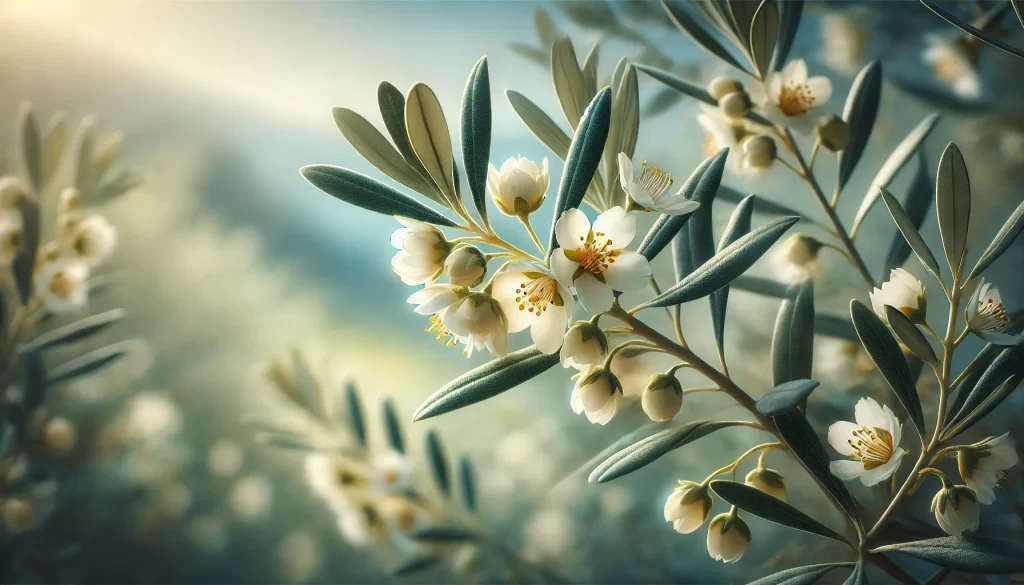
Olive trees (Olea europaea) are renowned for their longevity, cultural significance, and the valuable fruit they produce. However, the flowers of these ancient trees often go unnoticed, despite their crucial role in the olive production process and their subtle beauty.
Characteristics of Olive Tree Flowers
Olive tree flowers are small and inconspicuous, typically measuring only about 6mm in diameter. They grow in clusters called racemes, which emerge from the leaf axils of the previous year’s growth. The flowers have the following features:
- Color: Creamy white or pale yellow
- Petals: Four small petals
- Stamens: Two stamens
- Fragrance: Mildly sweet scent
Blooming Season
Olive trees typically flower in late spring, usually from April to June, depending on the climate and variety. The flowering period lasts for about a week to 10 days. During this time, the trees are covered in a delicate veil of tiny blossoms, creating a picturesque scene in olive groves across the Mediterranean and other olive-growing regions.
Pollination
Olive trees are primarily wind-pollinated, although insects can play a minor role in the process. The flowers produce large quantities of pollen, which is carried by the wind to other olive trees. This method of pollination is one reason why olive flowers don’t need to be large or colorful to attract pollinators.
From Flower to Fruit
After pollination, the flowers begin to develop into olives. However, not all flowers will produce fruit. On average, only about 1-2% of olive flowers successfully develop into mature olives. This low fruit set is a natural mechanism that allows the tree to conserve energy and resources.
Cultural Significance
While the olive fruit and oil have been revered for millennia, the flowers themselves have also held symbolic meaning in various cultures. In ancient Greece, for example, olive flowers were associated with peace and used in various rituals and ceremonies.
Conclusion
The flowers of the olive tree may be small and easily overlooked, but they play a vital role in the life cycle of these iconic trees. Their delicate beauty and sweet fragrance serve as a reminder of the intricate processes of nature that bring us the beloved olive fruit and its precious oil.